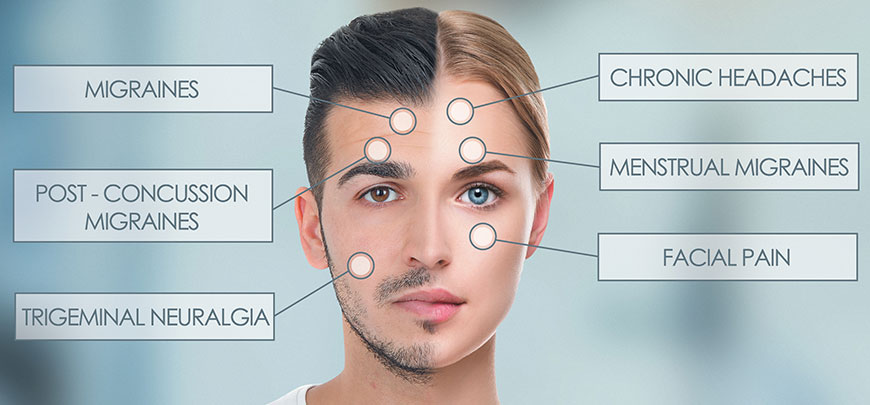Migraine Treatments: Find Relief in 5 Steps
Struggling with migraines can feel like a never-ending battle, but exploring your treatment options can lead to relief. Discover five steps to manage your symptoms and why it's essential to tailor your approach.

Related Topics (ads):
Step 1: Identify Your Triggers
Understanding what triggers your migraines is the first step towards managing them. Common triggers include stress, certain foods, changes in weather, and lack of sleep. Keeping a headache diary can help you identify patterns and avoid potential triggers. Pay attention to what you were doing, eating, or experiencing before the onset of a migraine. Over time, this can provide invaluable insights into managing your condition more effectively.
Step 2: Lifestyle Modifications
Making small changes to your lifestyle can have a significant impact on reducing the frequency and severity of migraines. This includes establishing a regular sleep schedule, staying hydrated, exercising regularly, and eating a balanced diet. Stress management techniques such as yoga, meditation, and deep-breathing exercises can also be beneficial. Remember, consistency is key; these changes need to become part of your daily routine for them to be effective.
Step 3: Over-the-Counter (OTC) Medications
For many people, OTC medications can provide relief from migraine symptoms. Nonsteroidal anti-inflammatory drugs (NSAIDs) like ibuprofen or naproxen, and acetaminophen, are commonly used. However, it's important to use these medications as directed to avoid overuse, which can lead to medication-overuse headaches. If OTC medications are not effective, you may need to explore prescription options with your healthcare provider.
Step 4: Prescription Treatments
If your migraines are severe or frequent, prescription medications may be necessary. These can include triptans, which are specifically designed to treat migraines, and preventive medications like beta-blockers, anticonvulsants, or antidepressants. Botox injections and CGRP (calcitonin gene-related peptide) monoclonal antibodies are newer treatments that have shown promise for chronic migraine sufferers. Discussing the benefits and side effects of these options with your healthcare provider can help you find the most suitable treatment.
Step 5: Alternative and Complementary Therapies
For those interested in exploring non-traditional treatments, several options may provide relief. Acupuncture, biofeedback, and certain supplements like magnesium, riboflavin (vitamin B2), and coenzyme Q10 have been studied for migraine prevention. While the effectiveness of these treatments can vary from person to person, they may be worth considering, especially for those looking for natural alternatives or ways to complement their current treatment plan.
Managing migraines often requires a multifaceted approach. By identifying your triggers, making lifestyle adjustments, exploring medication options, and considering alternative therapies, you can find a treatment plan that works for you. Remember, what works for one person may not work for another, so it's important to stay patient and work closely with your healthcare provider to find the best strategy for relief.